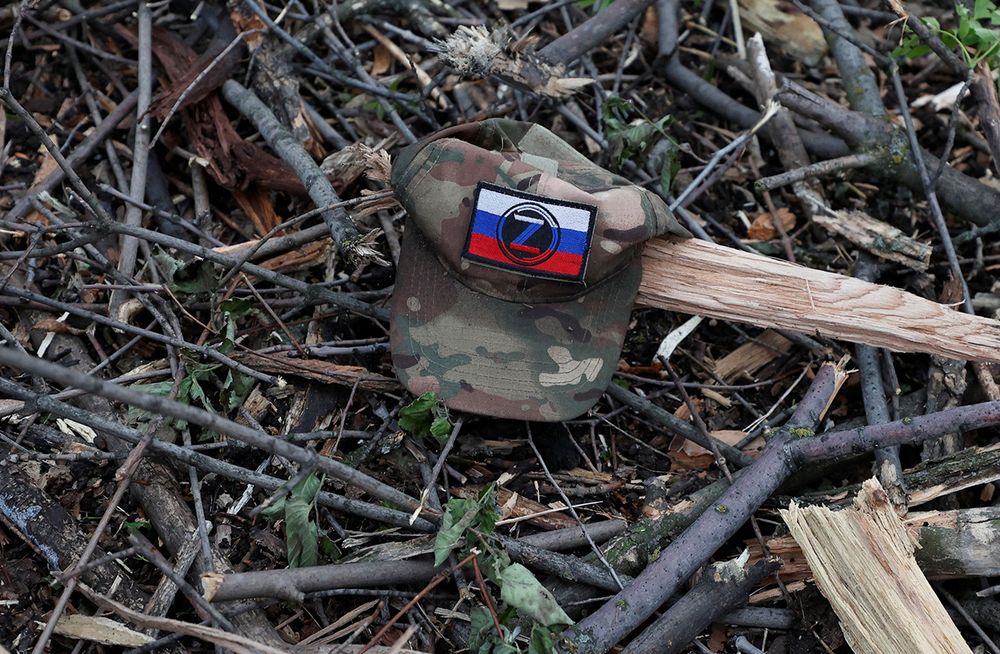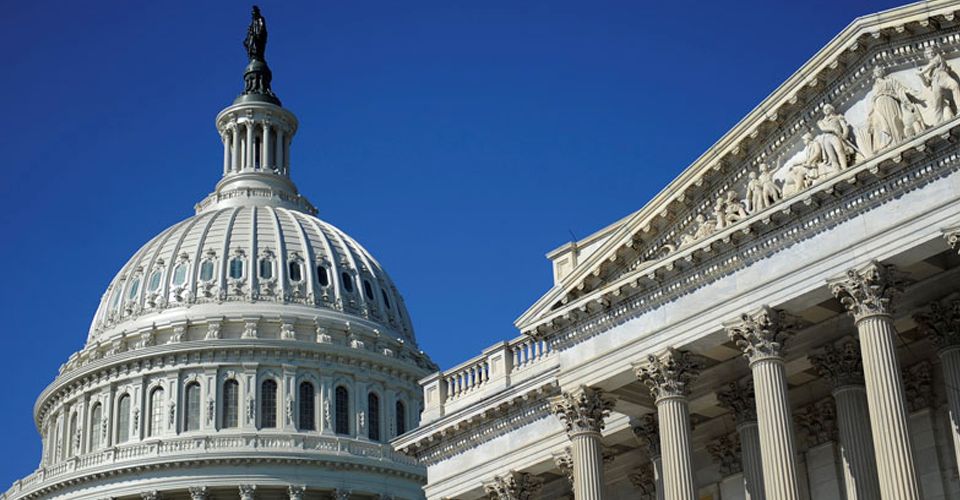October 4– 11 live war map: Russia shifts tactics, racing to capture ground as winter nears
There is some stagnation in the Lyman direction, likely a lull before the storm. Meanwhile, the fronts near Kostiantynivka, Sloviansk, and Vovchansk have grown significantly more active. As a result, the Ukrainian Armed Forces have returned to their daily pace of eliminating over a thousand Russian soldiers. Deteriorating weather conditions have forced Russian troops to rely on armored vehicles they had conserved over the summer — but this strategy has brought no success. On October 9 alone, Ukraine’s Unmanned Systems Forces destroyed eight Russian tanks and 37 armored vehicles, followed by another 16 the next day.Ukraine Russia war live map, October 4-11, photo: EspresoSiversk in circular defenseAfter Putin’s forces occupied the entire coast of the Siverskyi Donets River north of Siversk and began storming Yampil and Dronivka, they shifted their focus south of the city, attacking in the Vyimka and Fedorivka areas. Most of Fedorivka has fallen under the control of the occupying forces, who also advanced northward in the Pereizdne area. South of Vyimka, Russian forces moved about 3 km toward the village, while north of it they managed to create a 4 km corridor through which they aim to encircle the settlement and force the Ukrainian Defense Forces to abandon their defensive positions established since 2023. Siversk itself, which has remained Ukraine’s easternmost stronghold since the start of the war, lies mainly on the left bank of the Bakhmutka River. These are the very areas Russian troops are now targeting, approaching the city from three directions.Meanwhile, anticipating further developments, Ukraine’s General Staff renamed the Siversk direction to Sloviansk, recognizing that preparations for the city’s defense must begin now.Ukraine Russia war live map, October 4-11, photo: EspresoKostiantynivka – front line is getting closerUkraine’s General Staff has officially renamed the Toretsk sector to Kostiantynivka, as intense fighting has long been centered around this city. The eastern front, stretching from Chasiv Yar to the outskirts of Toretsk, remains highly interdependent — a breakthrough by occupying Russian forces in one area could trigger a chain reaction in others. This week, Russian forces advanced from Kurdiumivka to Bila Hora and expanded the gray zone near Oleksandro-Shultyne. As a result, they managed to cross the Siverskyi Donets–Donbas canal at another point and enter the forest south of Stupochky. Meanwhile, in Stupochky, Ukrainian Defense Forces are holding the Bakhmut–Kostiantynivka highway and protecting the southern flank of Chasiv Yar’s defenders from a breakthrough. This section of the front has remained one of the most stable throughout the year, but the current chain of events could affect the entire defensive system in this area.On the other flank, Russian troops continue their assaults near Rusyn Yar, seeking to gain operational space that would allow them to advance toward Druzhkivka, encircle Kostiantynivka from three sides, and disrupt Ukrainian logistics. However, this week, the Ukrainian Armed Forces successfully maintained their defensive lines in this sector.Ukraine Russia war live map, October 4-11, photo: EspresoWho is implementing Dobropillia gambitUkraine’s Commander-in-Chief Oleksandr Syrskyi once again personally visited the Pokrovsk front, where the situation remains extremely tense. Russian forces continue their offensive on Rodynske and Bilytske. Further south, they have built on previous gains and advanced from Myroliubivka toward Myrnohrad. Daily assaults persist in Novoekonomichne, and Krasnyi Lyman is increasingly falling under Russian control. Notably, surrounded Russian units are refusing to surrender and are attempting to break out — not to the east, but to the west — continuing their line of attack. Some are striking toward Nove Shakhove, while others are trying to regain control of Kucheriv Yar. These efforts are coordinated with simultaneous assaults on Volodymyrivka, Shakhove, and Sofiivka. A large portion of the armored vehicles destroyed in recent days were involved in fighting in this area.At the same time, Ukrainian Defense Forces continue to hold Zapovidne and Mayak, successfully repelling paratrooper attacks on Volodymyrivka while advancing toward Novotoretske. Ukrainian troops still have the opportunity to encircle and eliminate not only the occupiers advancing toward Dobropillia but also those recklessly attacking Rodynske. After all, these assaults have persisted for two months — and Russia’s resources are far from limitless.Ukraine Russia war live map, October 4-11, photo: EspresoRivers as defensive barrier against Russian advances in Zaporizhzhia, Dnipropetrovsk regionsIt has been more than two months since the Russian offensive in the Novopavlivka direction, in the Dnipropetrovsk region, effectively came to a halt. The occupying forces failed to reach Ukraine’s fortified area located 7 km to the east and 8 km to the south, where the Vovcha River has become a natural defensive line. Although they continue attempts to cross the river and enter the villages of Dachne, Filiya, and Ivanivka, they have been unable to gain a foothold. With the onset of rains, crossing the river will become even more difficult.Further south, Russian troops also failed to capture Zelenyi Hai and Tolstoi or eliminate Ukraine’s salient in the Komar area, which they surrounded at the end of July. Their ongoing attempts to advance, combined with a shortage of manpower, prevent them from seizing the Ukrainian bridgehead on the left bank of the Vovcha River.That is why the Russian Armed Forces transferred as many as four motorized rifle brigades from the Pokrovsk front to the Novopavlivka direction, aiming to finally push the front line forward and dislodge the Ukrainian Armed Forces from the left bank of the Vovcha River.Meanwhile, in late September and early October, Ukrainian Defense Forces launched their first major counteroffensive in the Dnipropetrovsk region, clearing the villages of Sosnivka, Khoroshe, and Novoselivka, and liberating Sichneve. However, Russia later counterattacked, retaking part of Sichneve and fortifying positions in the ravine stretching from Sichneve to Novoselivka.Ukraine Russia war live map, October 4-11, photo: EspresoFurther south, Putin’s forces finally captured Maliivka, Vorone, and Ternove. Using the cover of fog, they entered Oleksiivka but have been unable to consolidate their positions there. Meanwhile, the Ukrainian Armed Forces managed to halt the occupiers in Verbove and maintain their defenses. Russia’s main objective is to continue advancing westward between the Vovcha and Yanchur rivers to cut the Pokrovske–Huliaipole highway, a key route for Ukraine’s logistics.Looking further south, where the Dnipropetrovsk region transitions into the Zaporizhzhia region, Russian forces in most areas have stopped on the left bank of the Yanchur River and are attempting to cross it. This situation has developed particularly near Poltavka and Okhotnyche. In Malynivka, however, Russian troops established positions on the right bank back in 2022 and this week managed to advance into the village, almost completely occupying it. Currently, only Novohryhorivka remains under Ukrainian control on the left bank of the Yanchur River in Zaporizhzhia, where heavy fighting continues.The maps were created based on information received from the Ukrainian Armed Forces’ General Staff, as well as from other open and verified sources. At the same time, the maps are not maximally precise and only conventionally reflect trends in the combat zone.


























